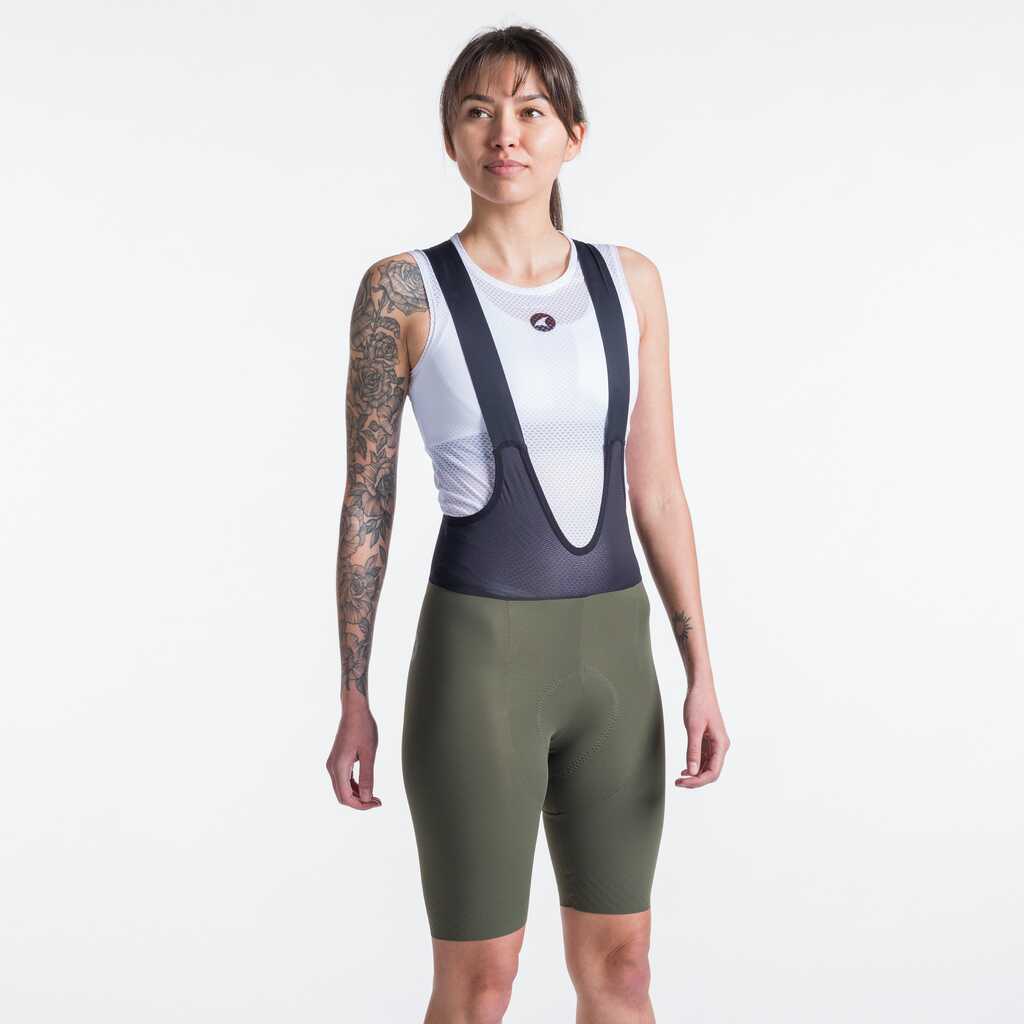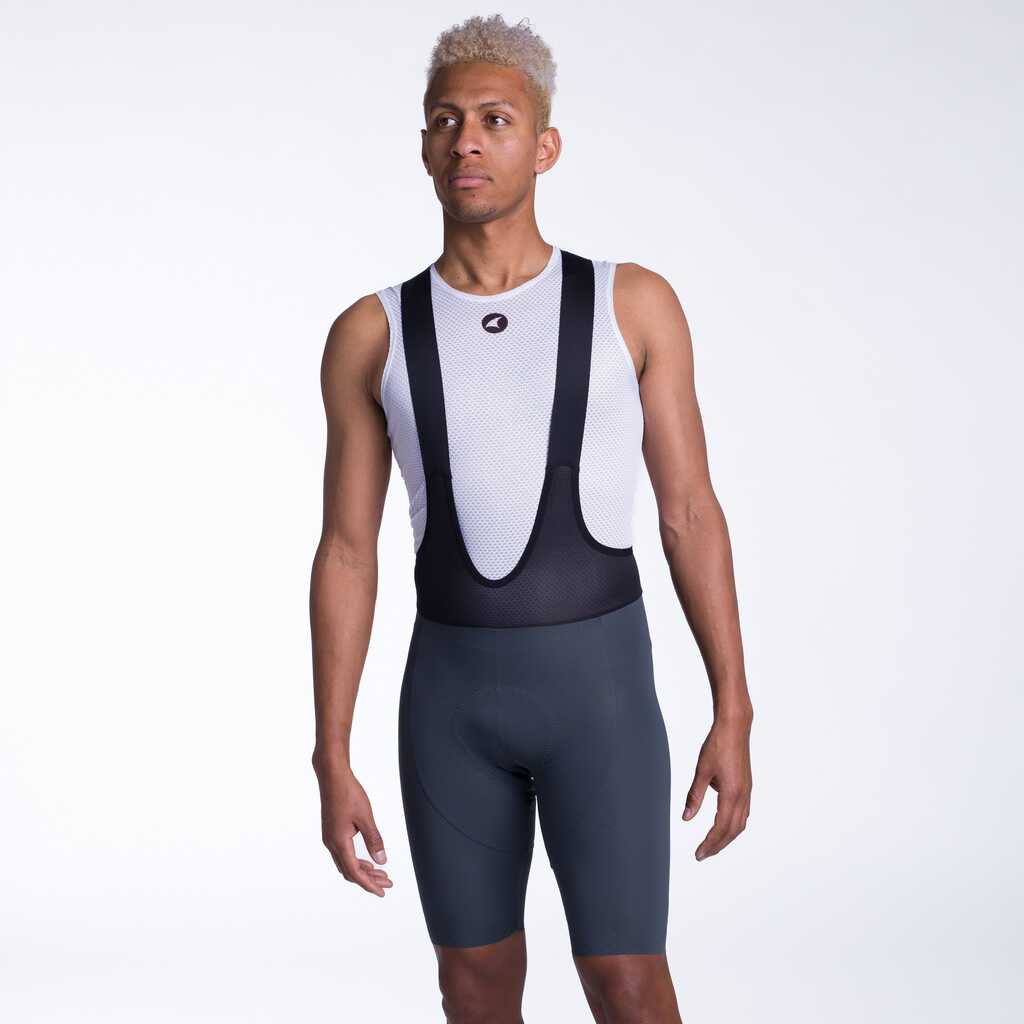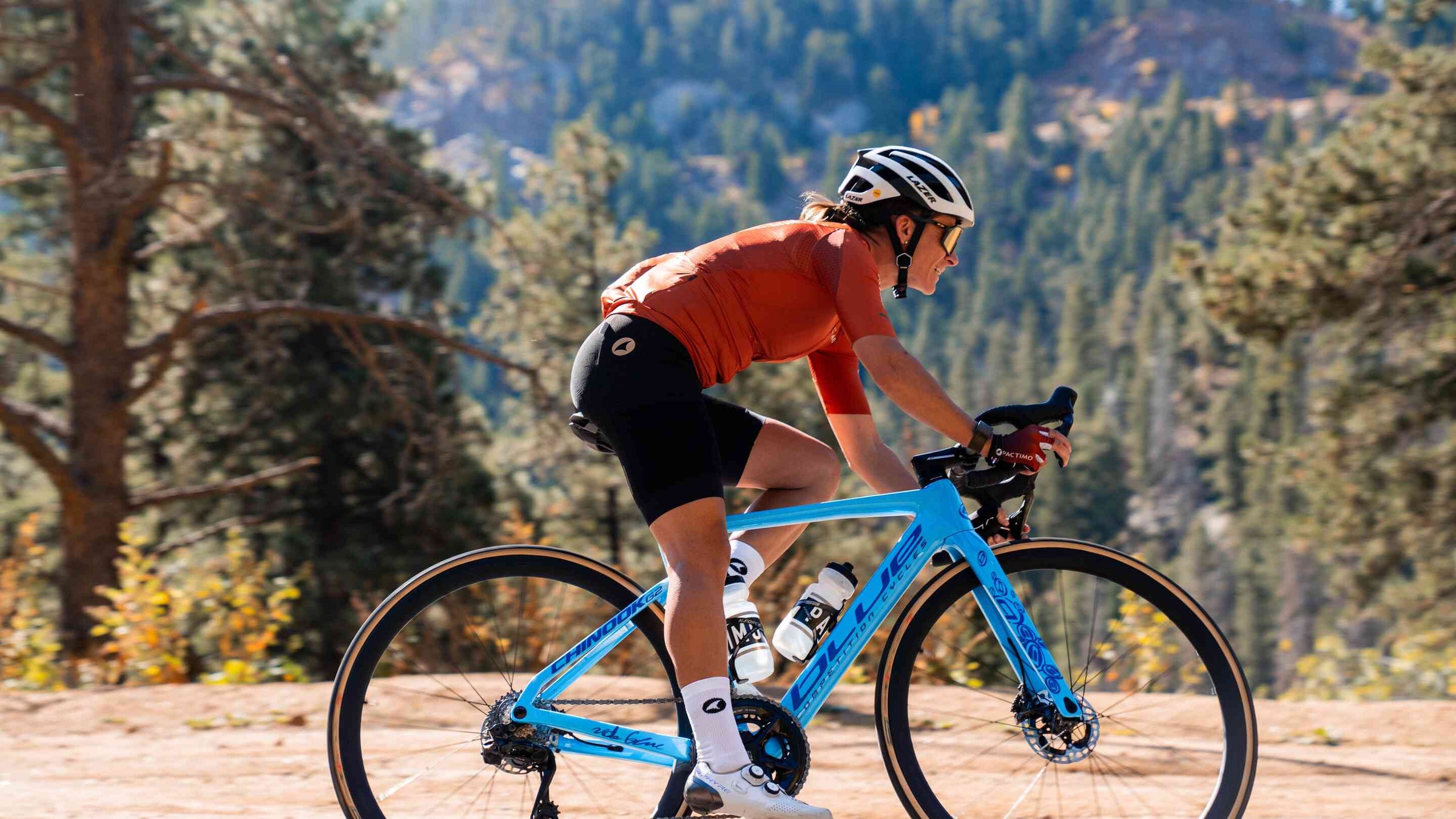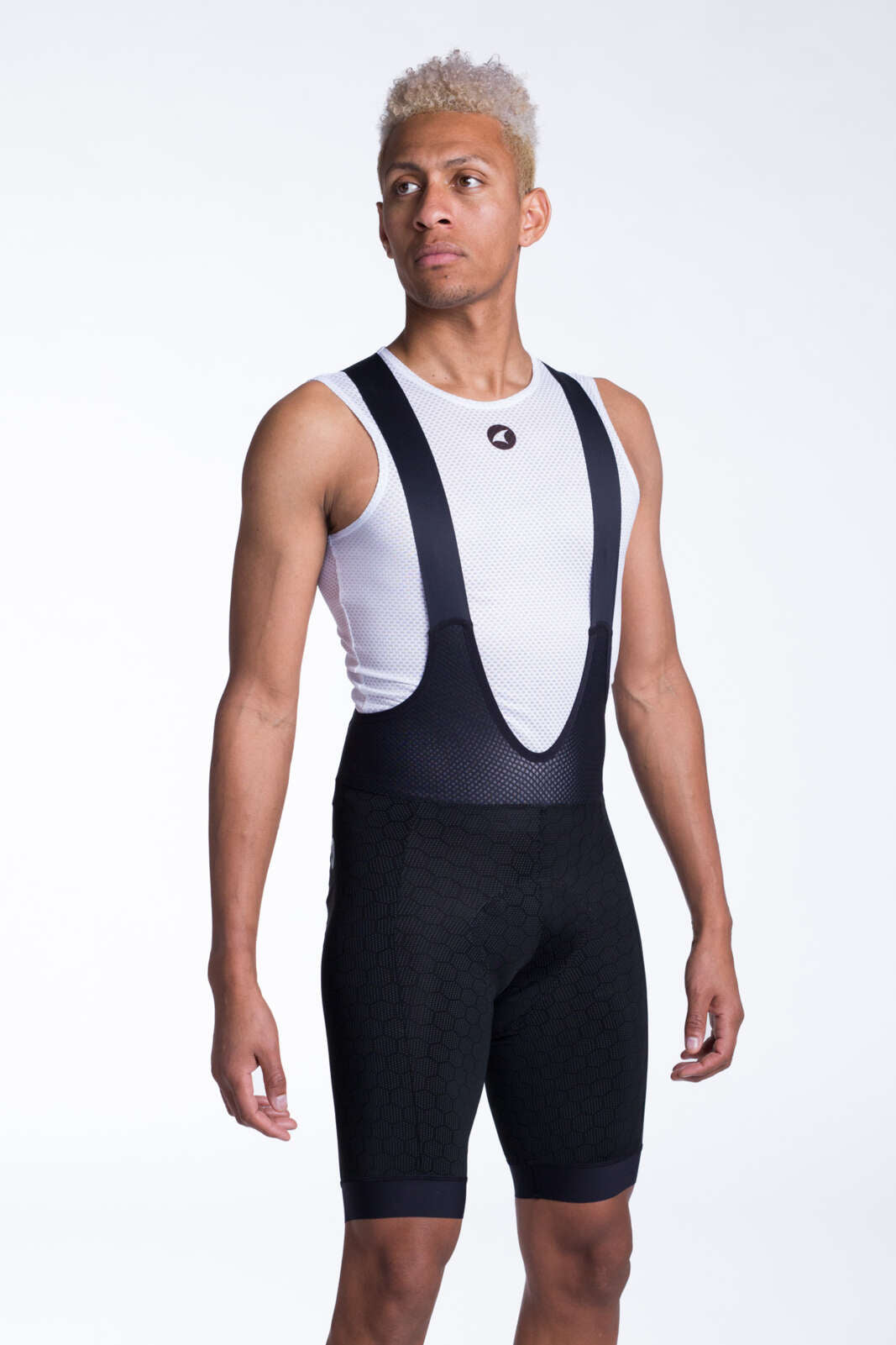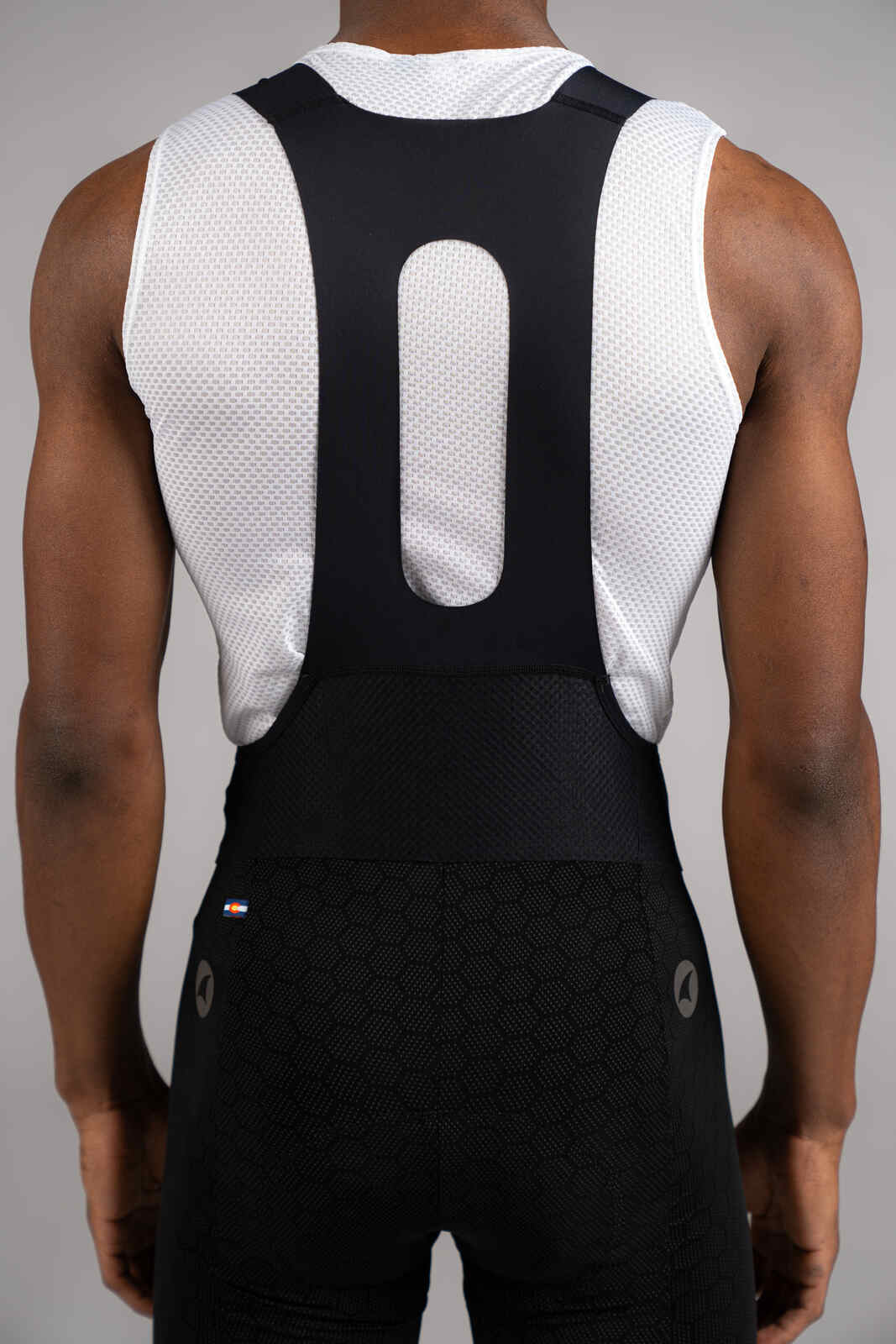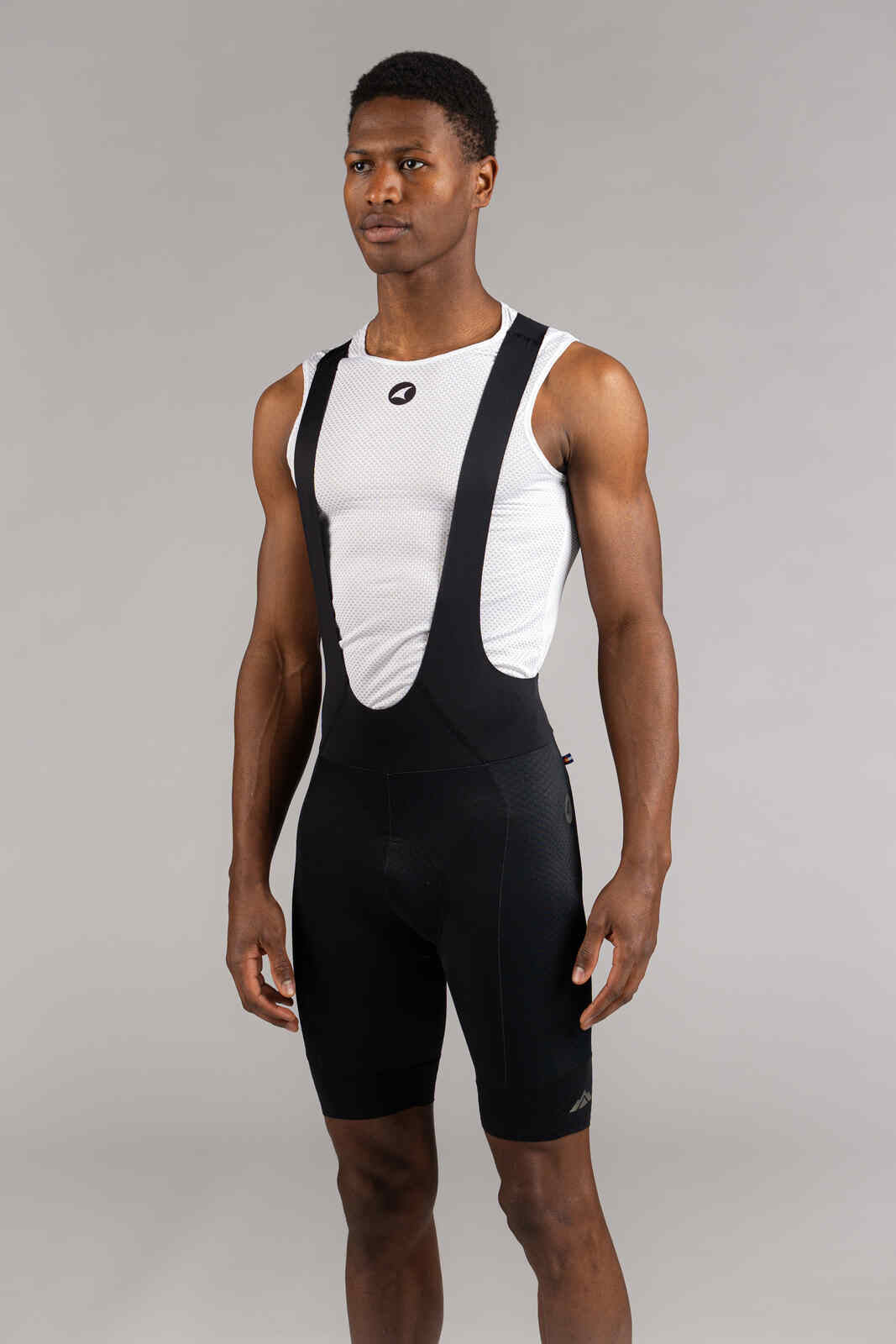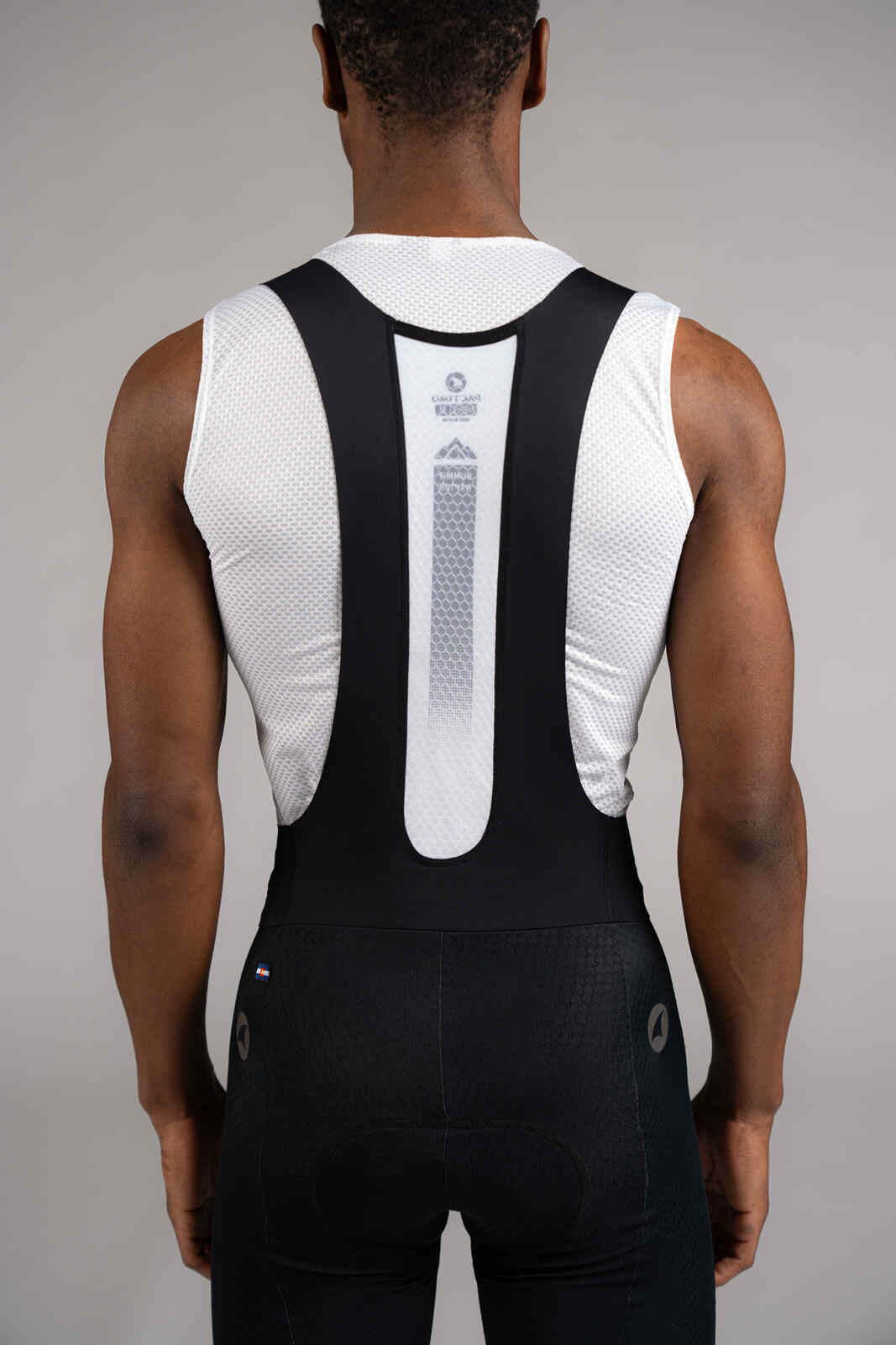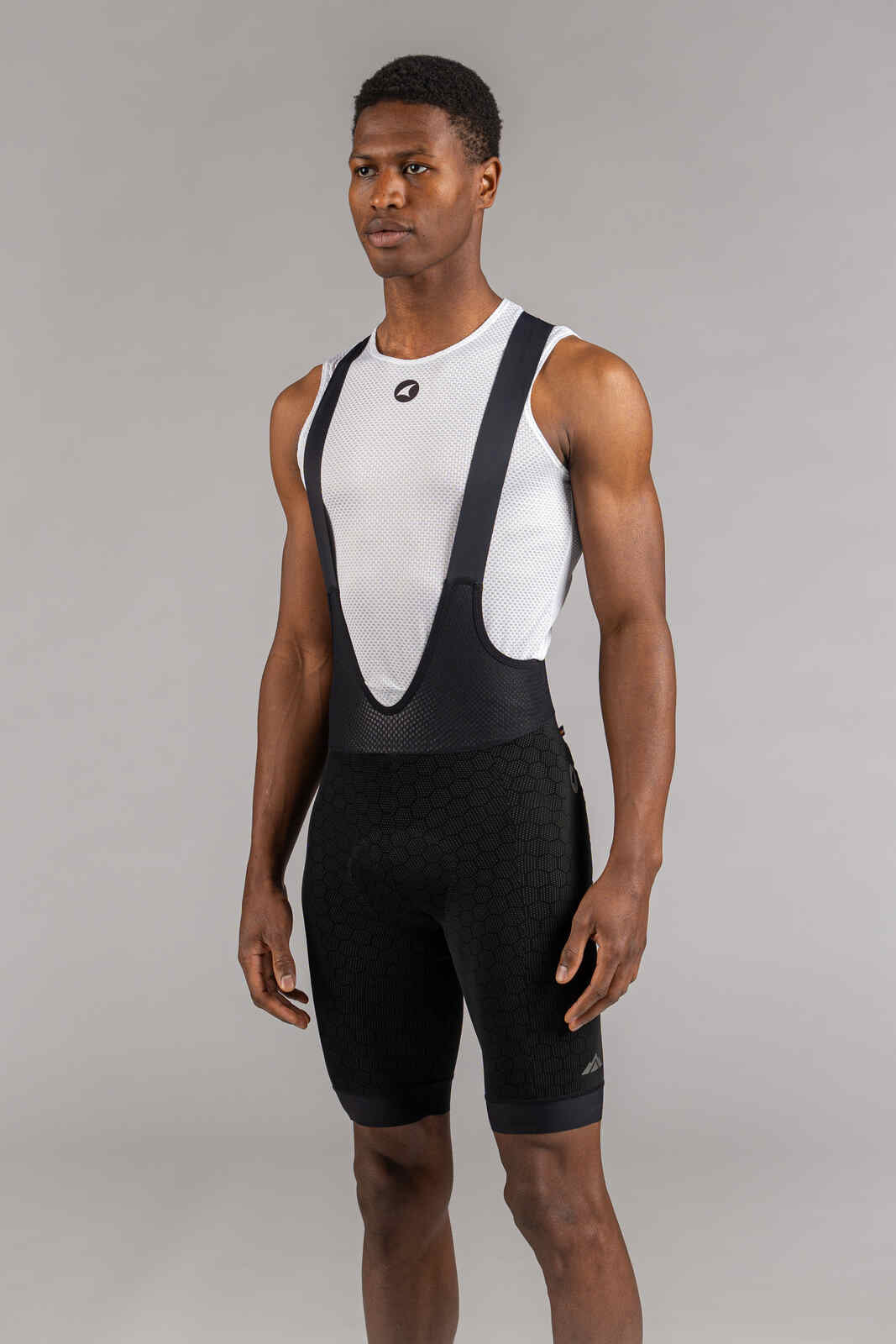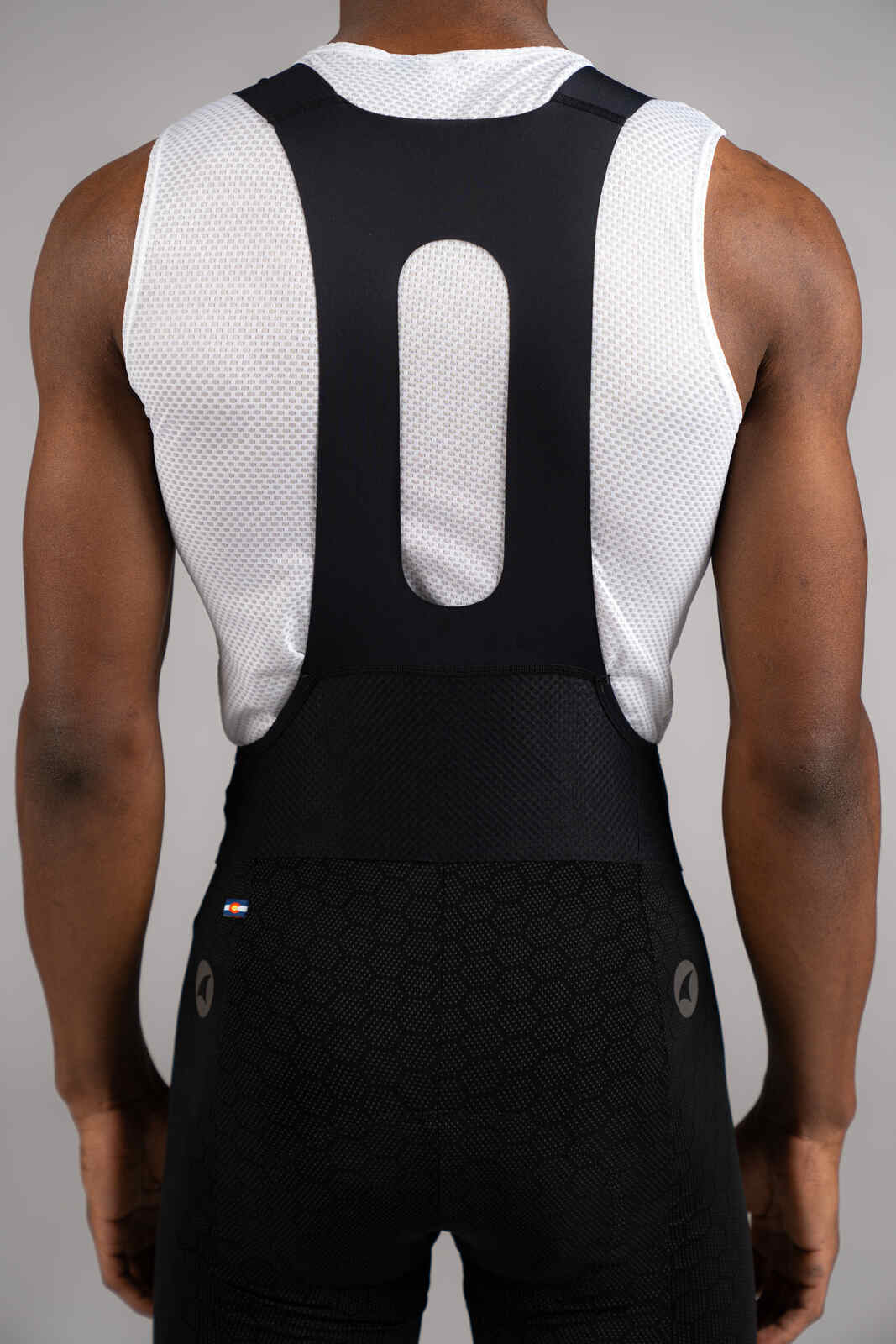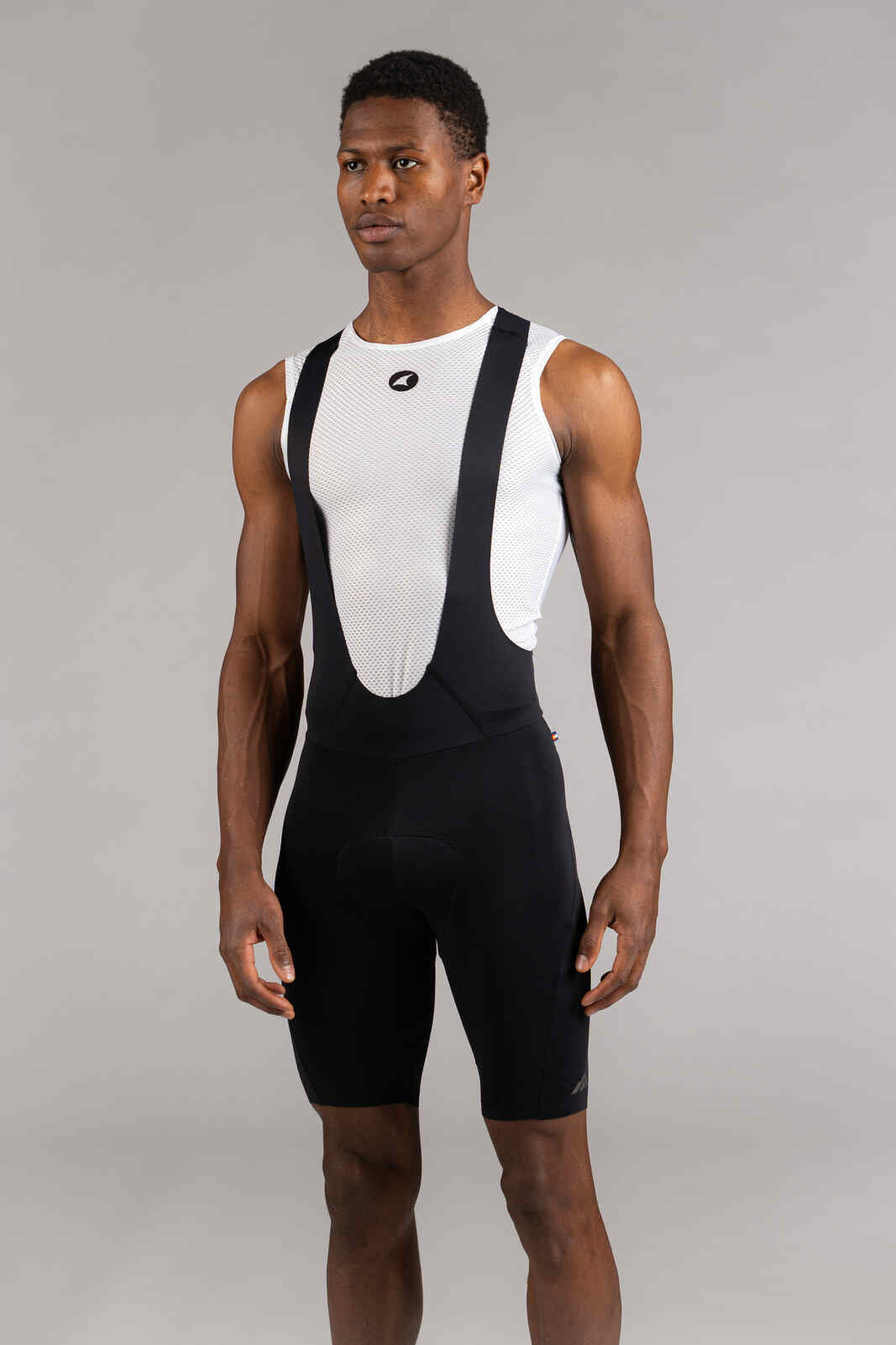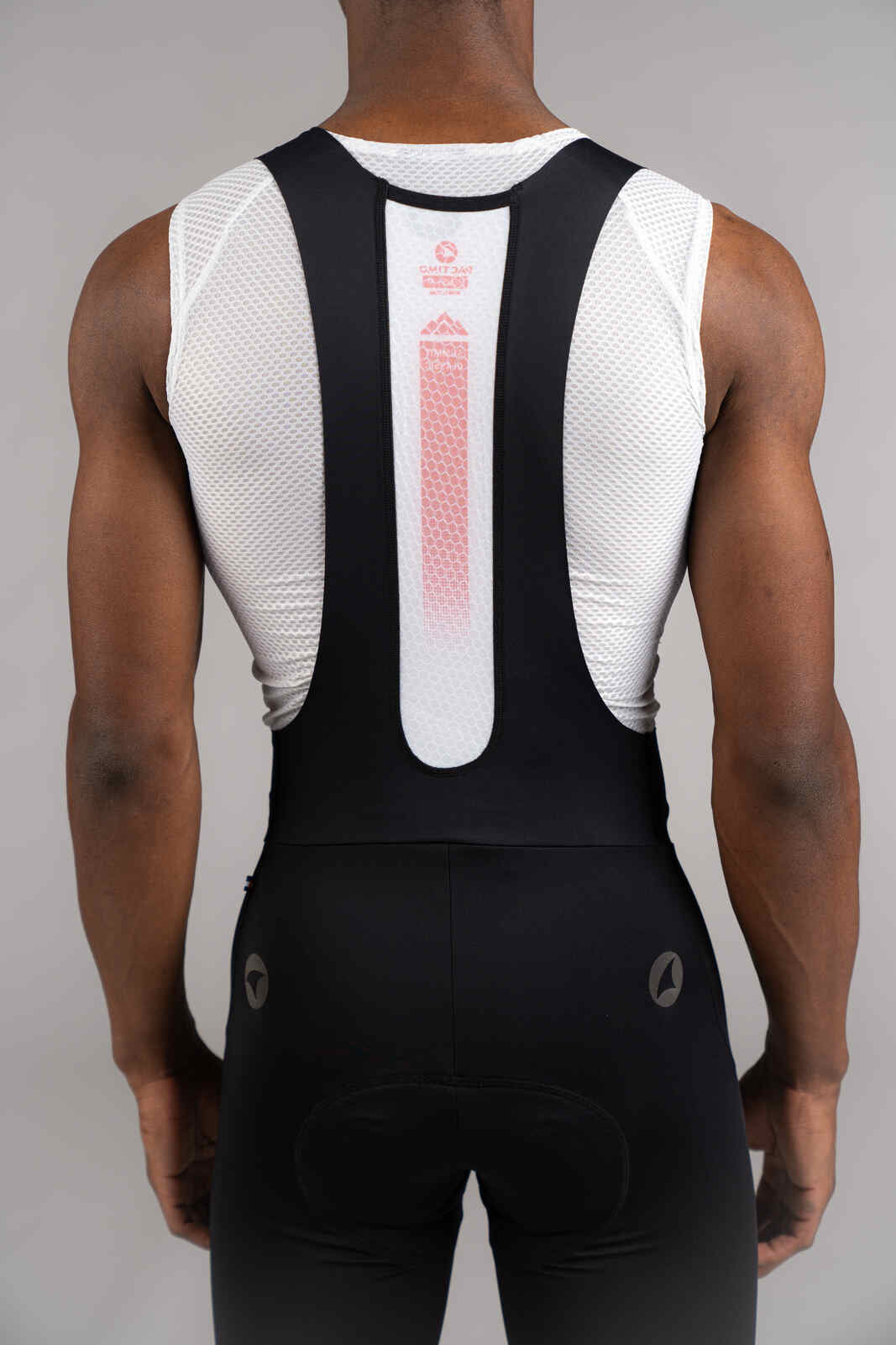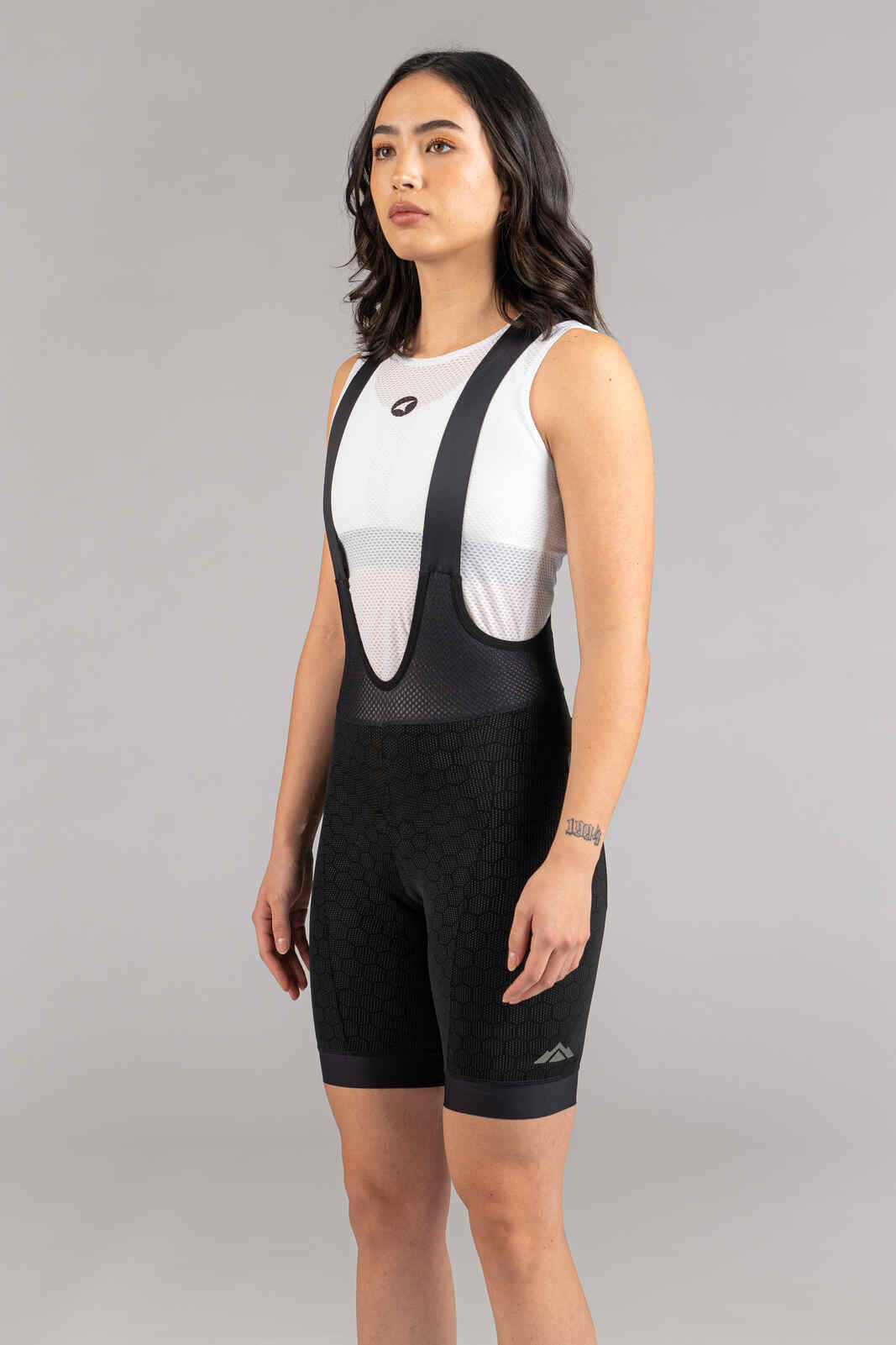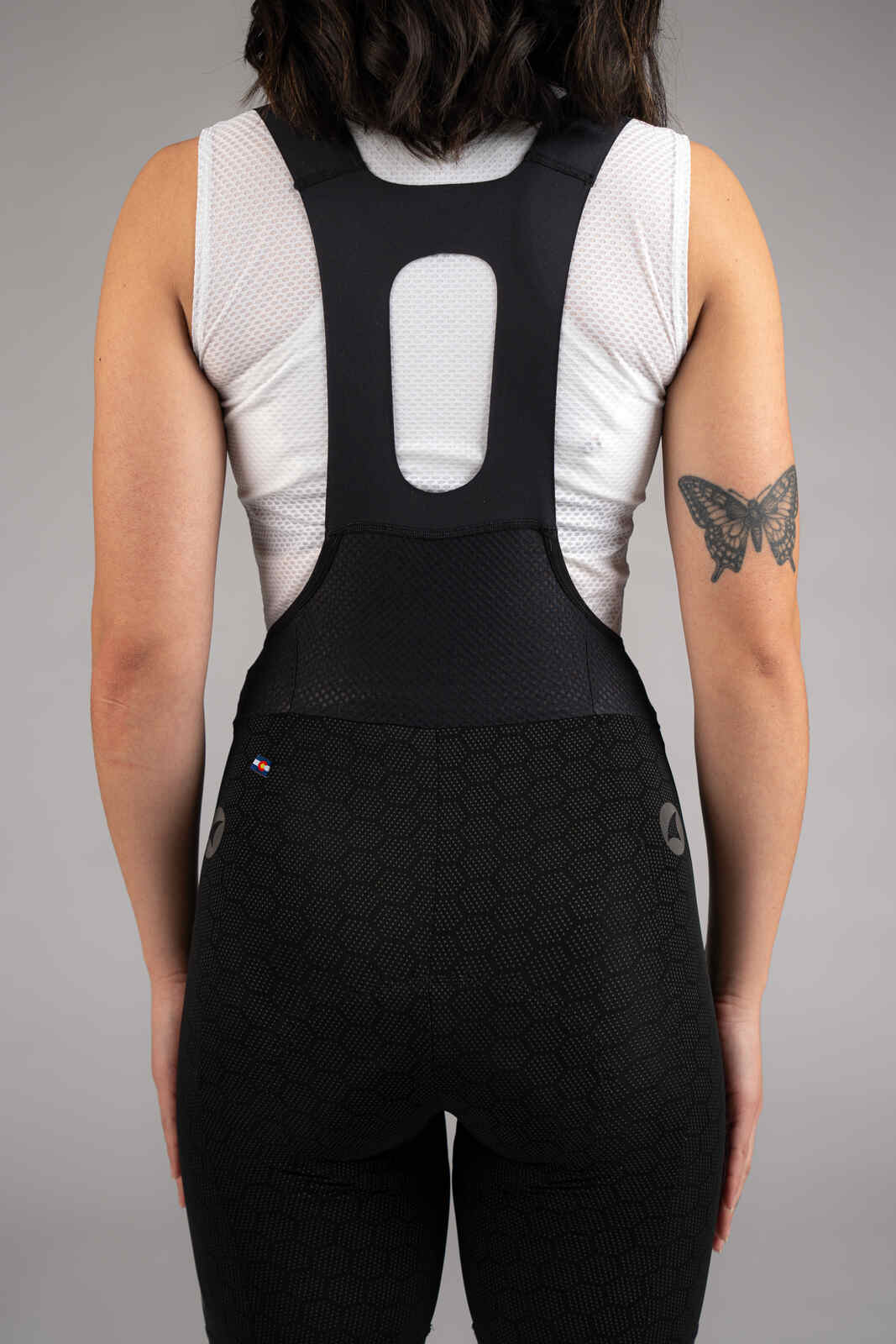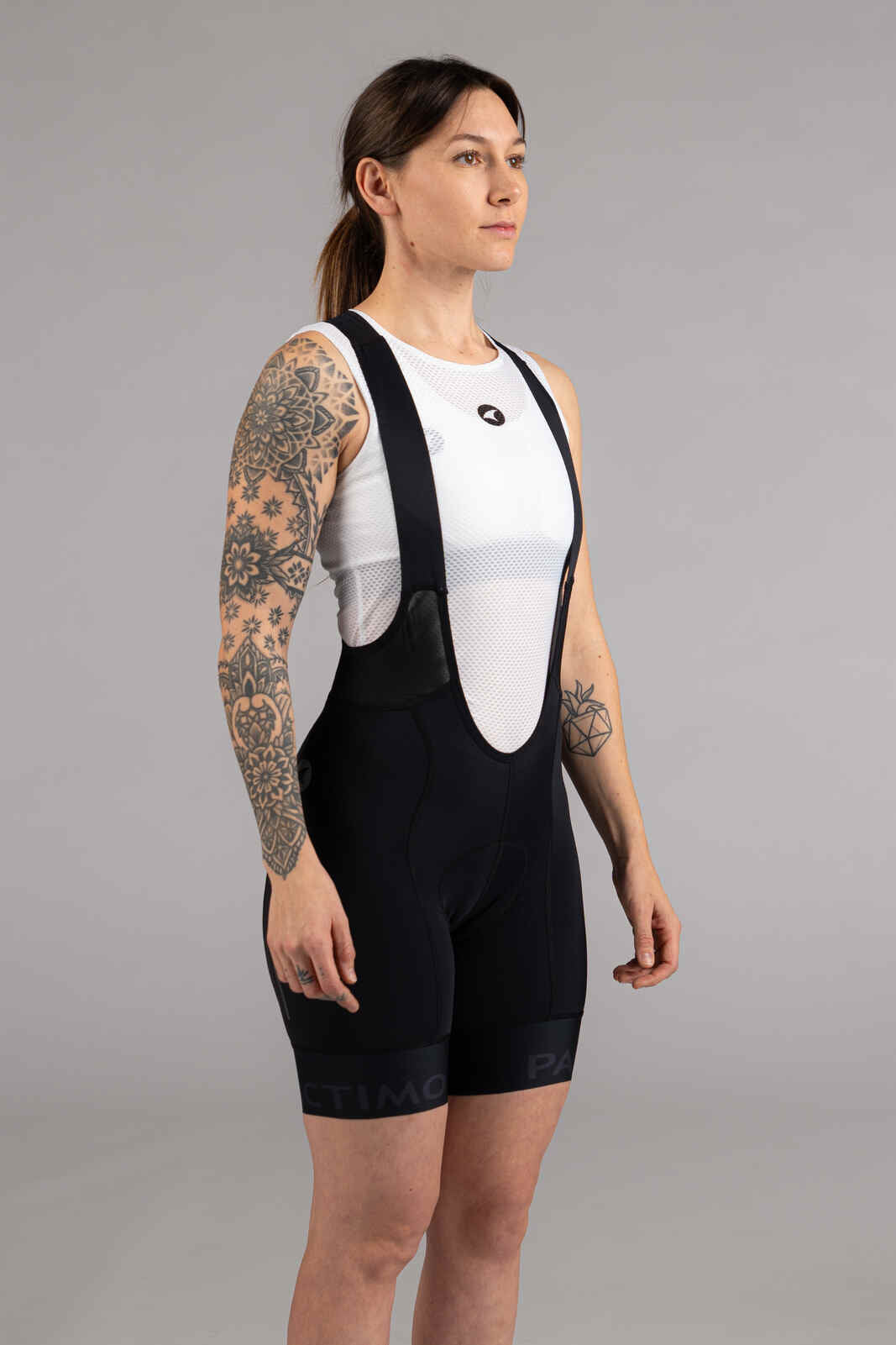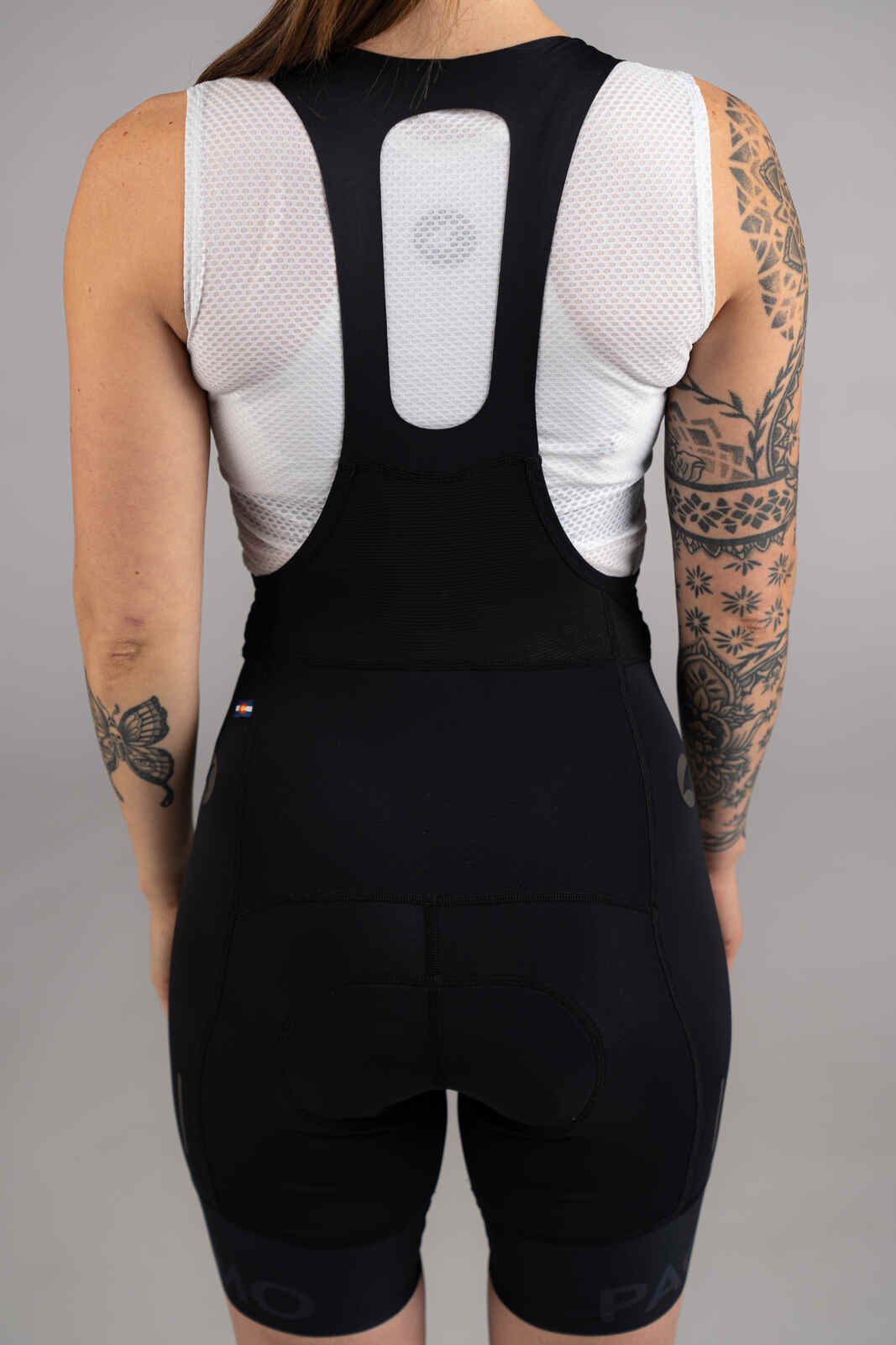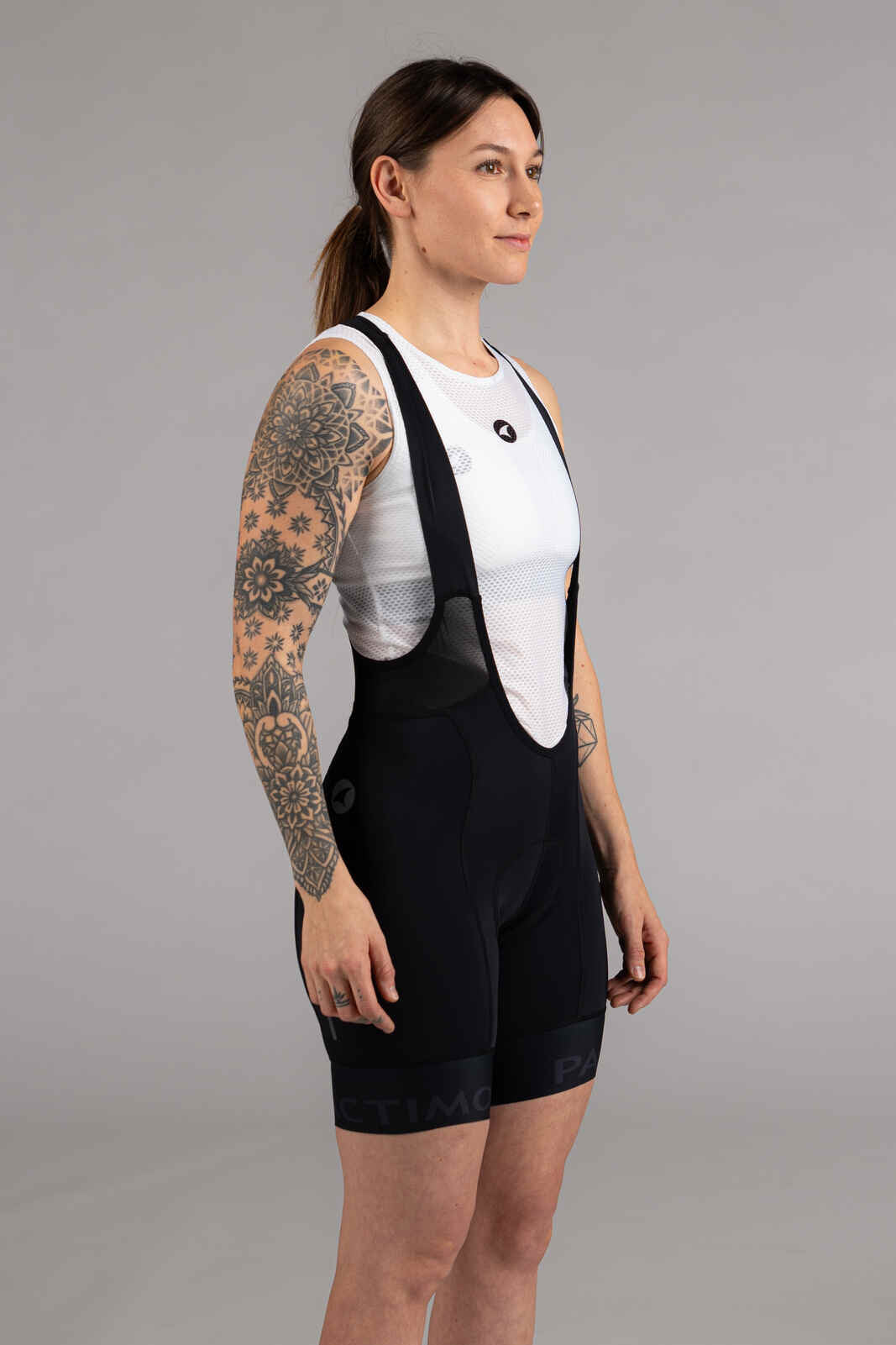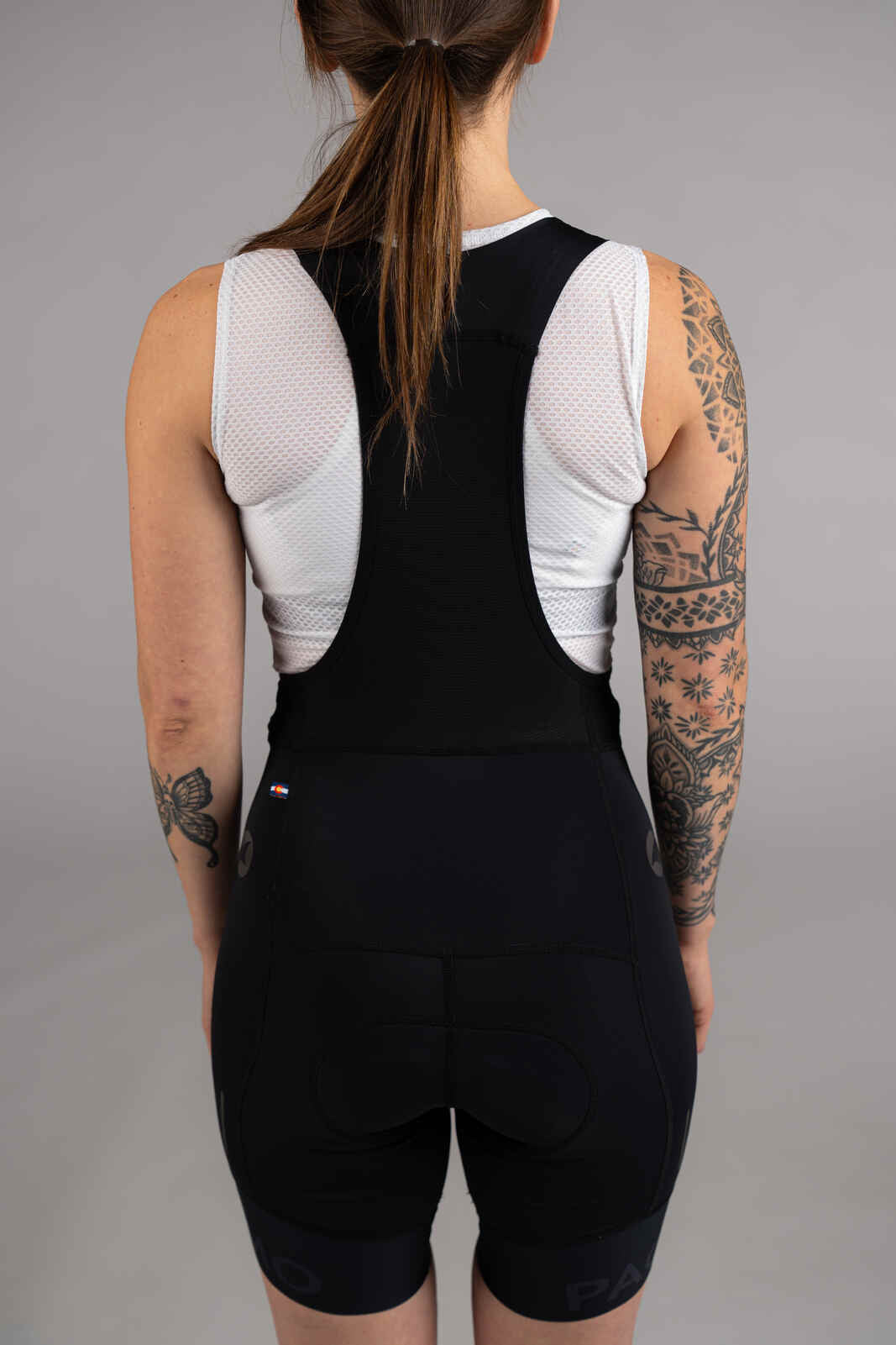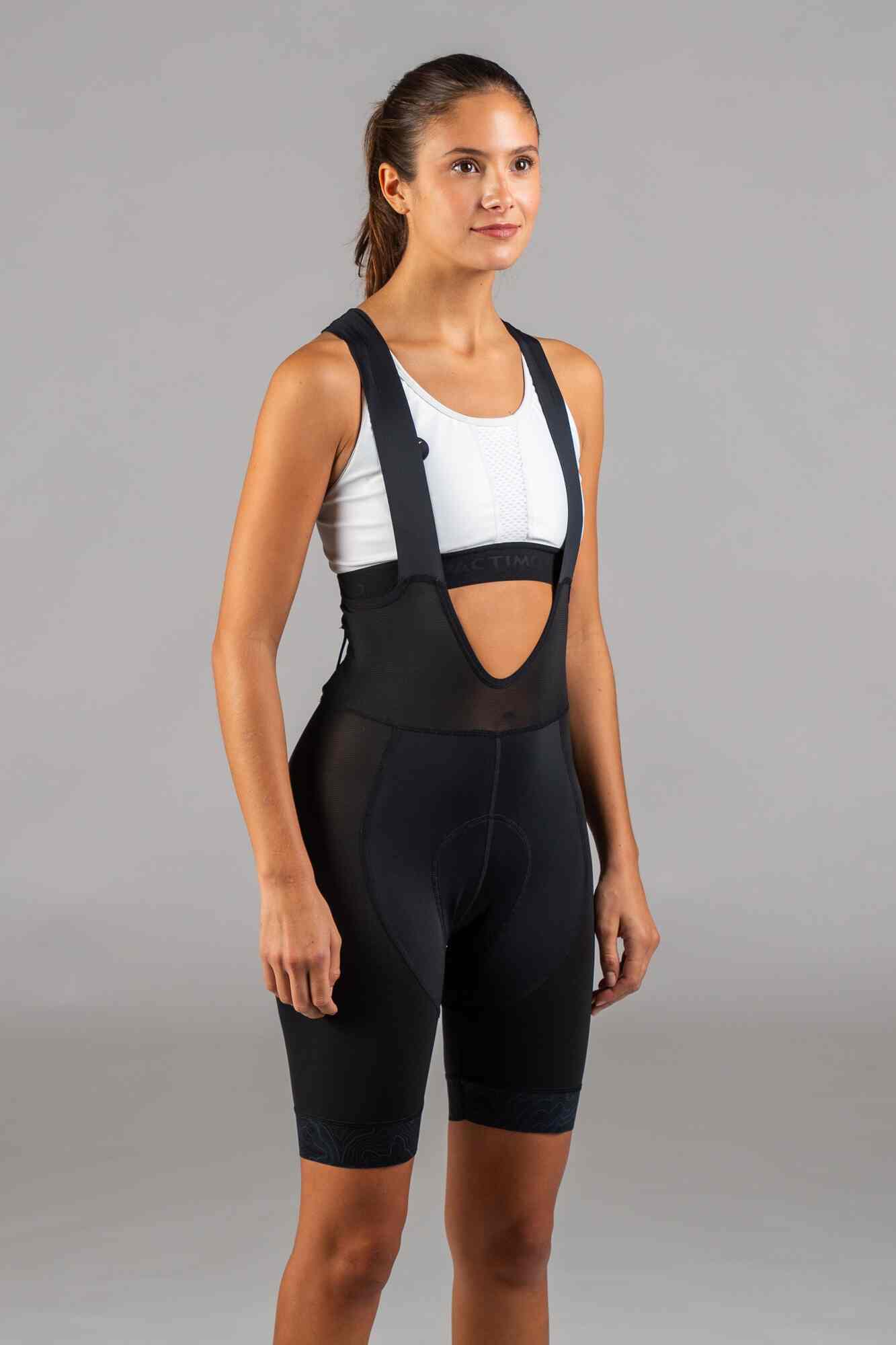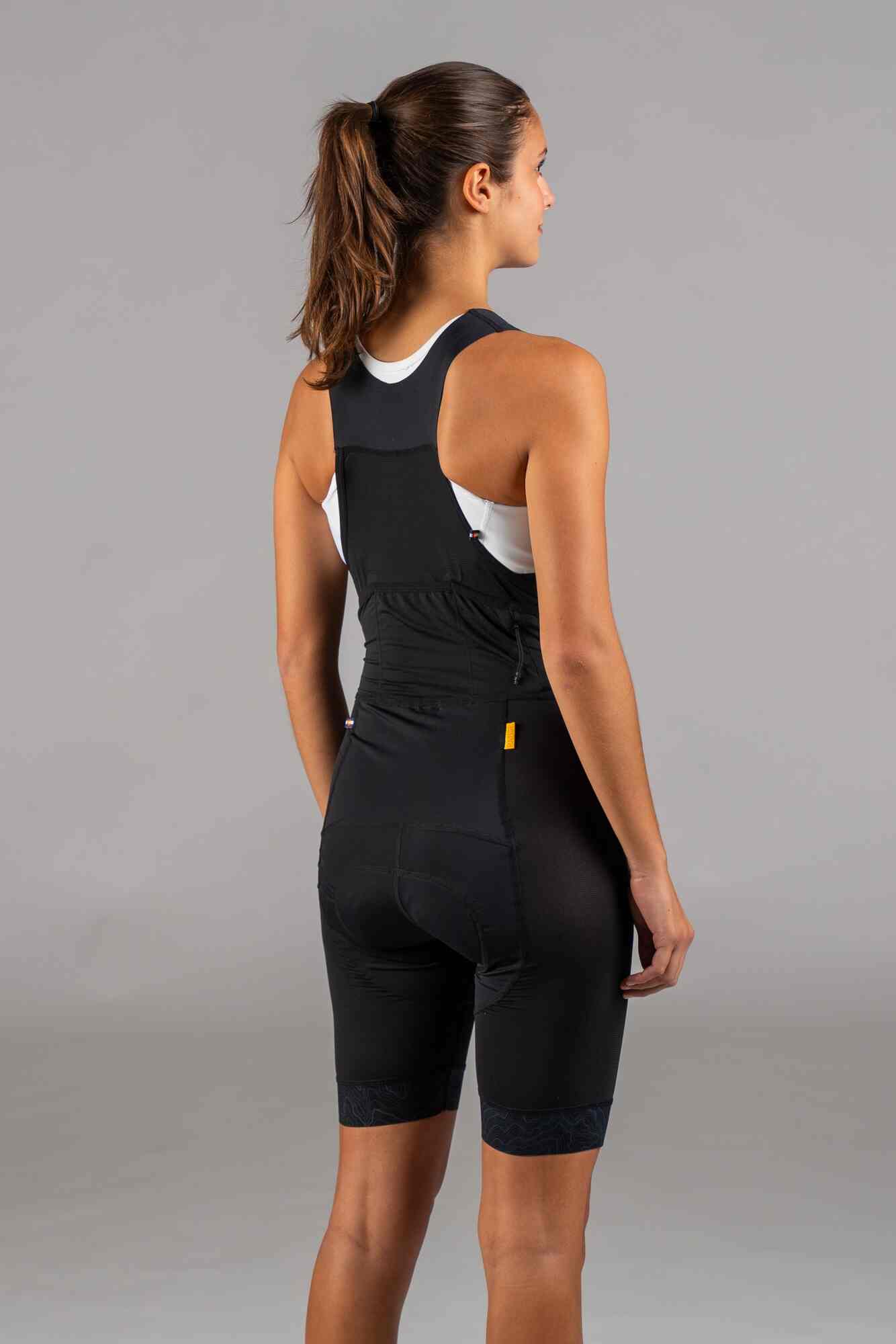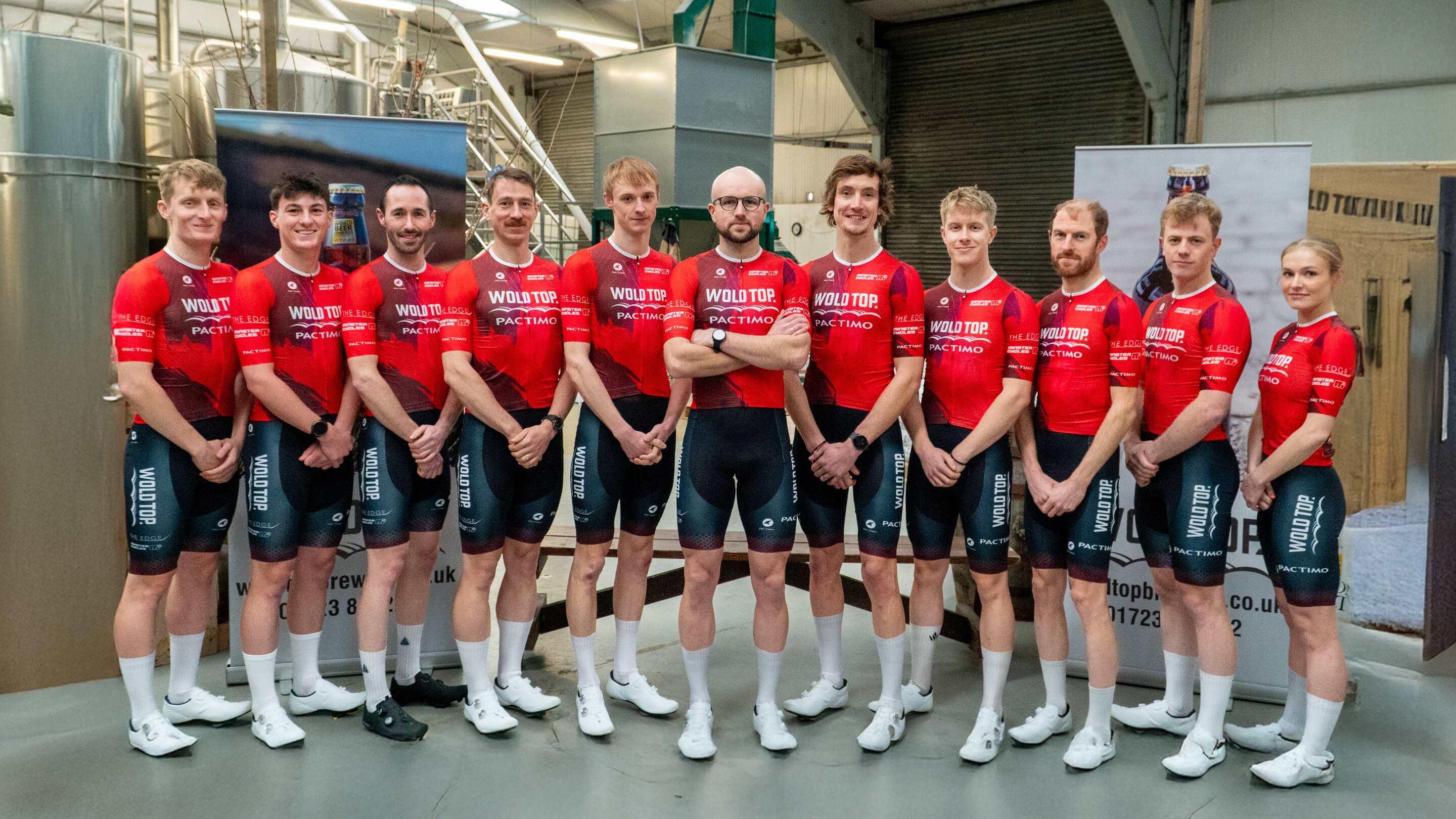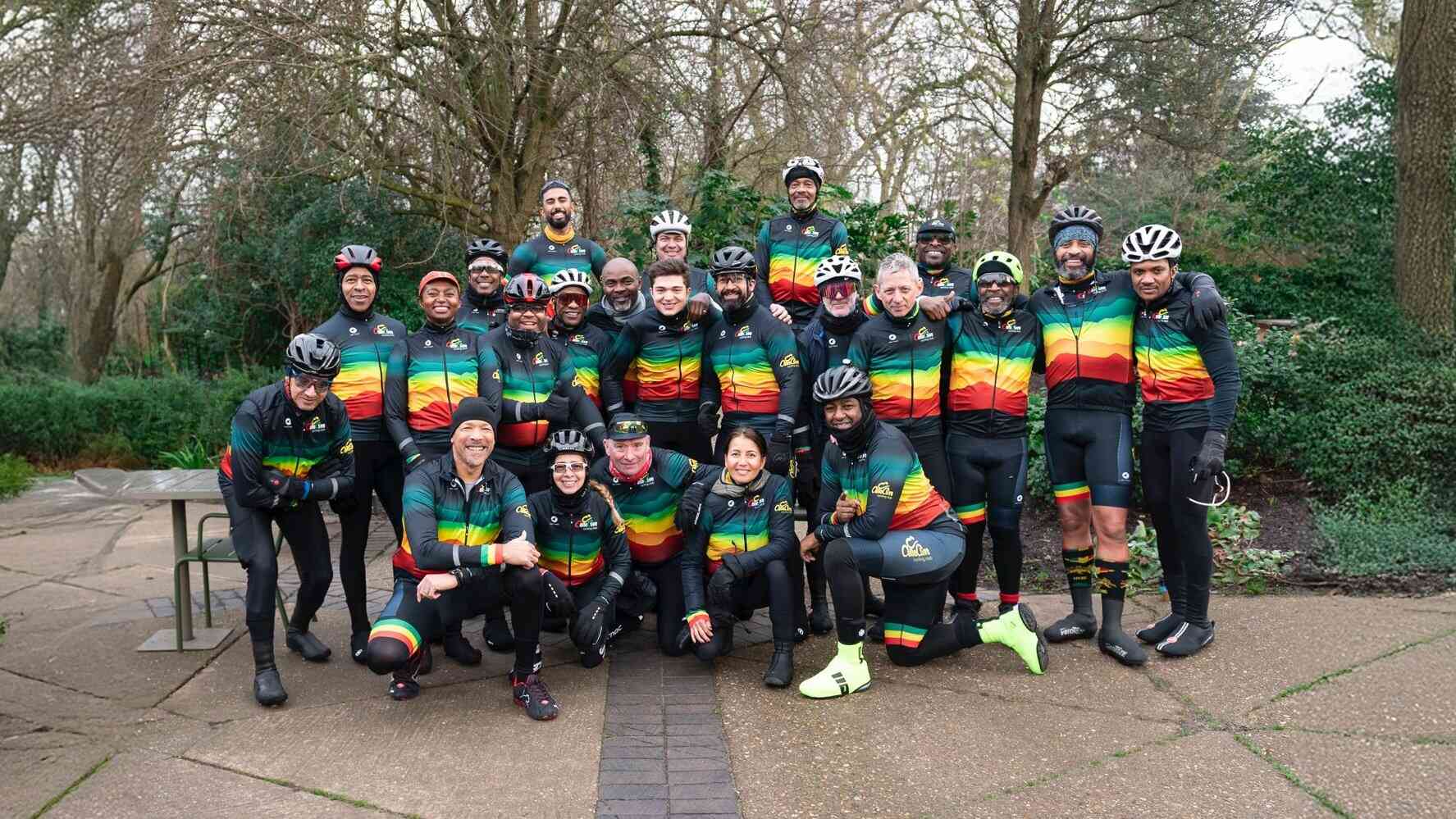Cycling Shorts will Dramatically Increase the Pleasure of Being on Your Bike
If you're currently reading this article, it's likely because you've recently purchased a bike or are new to the exciting world of cycling. In either case, we want to extend our congratulations! Cycling is a fantastic way to stay fit, connect with different and new people, discover new landscapes, and above all, have a blast.
Now, you might be curious about the peculiar attire that cyclists wear, particularly those skin-tight shorts and jerseys. Truth be told, every cyclist has found themselves in your shoes at some point. We've all observed fellow riders, both men and women, clad in Lycra and wondered if we could ever bring ourselves to wear something similar. However, here's the thing: as you've grown to love the time you spend on your bike, you've likely realized that the issue isn't feeling fashionable in your loose cargo shorts - it's how bad your butt hurts! Even after relatively short rides!
So what's the solution?
Cycling Shorts
The primary purpose of cycling shorts is to provide comfort. Designed specifically for men and women, cycling shorts make sure that padding is in the right places and seams are strategically placed to reduce chaffing, especially on rides in excess of 10 miles. Tight-fitting, flexible materials like Lycra and spandex are used to decrease air resistance and allow a full range of motion on your bike. Higher-end cycling shorts use complex, technical sports materials that increase breathability, reduce heat absorption, and help block the rays of the sun and the chilling effect of the wind.
The most important features of properly constructed cycling shorts include a lack of seams in the crotch and extra padding to reduce chaffing and discomfort while riding. While there are a variety of pads, also known as chamois, the best come from providers like the Italian manufacturer Cytech, which is known all over the world for their incredible Elastic Interface Technology.
Once you try cycling shorts, it's not likely that you will want to ride without them again. A properly placed chamois in a well constructed cycling short will be the one "must-have" in your bike closet or drawer. Not only will you be able to ride longer, but you'll feel stronger in your saddle (seat) because of the rejuvenating effect of the technical fabrics and performance enhancing design. (Seriously! We wouldn't make this stuff up!)
Things to Consider When Buying Your First Pair of Cycling Shorts
1. Underwear: Cycling bibs and shorts are meant to be worn without underwear.
2. Budget: Cycling bibs and short can range from $20 - $300, so try to set a budget before you shop based on how you intend to ride. The higher the price, the more technical the fabrics and better the chamois.
3. Tight or Baggy: Tight-fitting shorts are best if you are primarily cycling on a road bike and/or for long distances. They offer the most comfort and aerodynamic fit. If you spend time off the bike, touring or commuting by bicycle, need pockets, or are more concerned with the look of the shorts than your speed on the bike, then "baggy" Mountain Bike Shorts with a liner may be your best choice.
4. Padding: Padding ranges from thick to thin, with triathlete shorts having the thinnest pad so athletes can swim, bike, and run in the same shorts. Spending a few extra bucks for a better chamois is never a waste of money, since the difference in quality, durability, and comfort may increase exponentially with each dollar spent. But, always read the customer reviews to make sure your money is well spent before you make an upgrade commitment. Properly designed cycling shorts will always have chamois that are designed specifically for men and women, so you should never buy a unisex cycling short. You'll be sorry you did. (See Why We Use Premium Italian Chamois)
5. Panel Construction: Less expensive shorts usually have fewer panels of fabric, while the more technically designed and form-fitting bike shorts can have up to eight panels. Just being aware of the construction of the short will help you to have an expectation of the comfort and performance.
6. Waist Band or Bib: Bib shorts that offer shoulder straps, rather than an elastic waist band, are the choice of all professional and elite cyclists. They decrease binding and discomfort around the midsection and will never feel as if they are moving or shifting (sliding down) while you are riding. While some people prefer bib shorts, others choose regular shorts. It's completely up to the individual and their preference. Those that choose traditional cycling shorts may want to try them with a yoga-style waistband, which are designed to be cooler and less binding. Read more on why cyclists choose bib shorts.
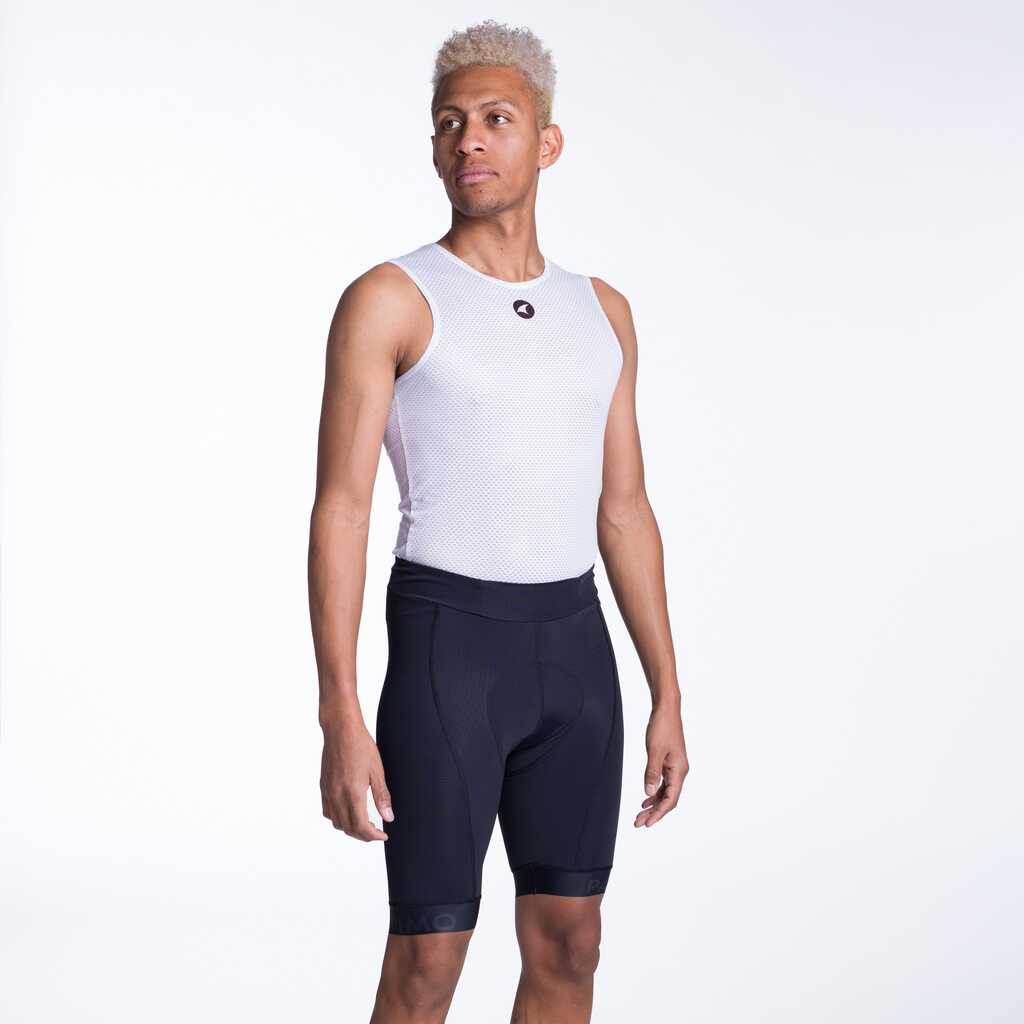
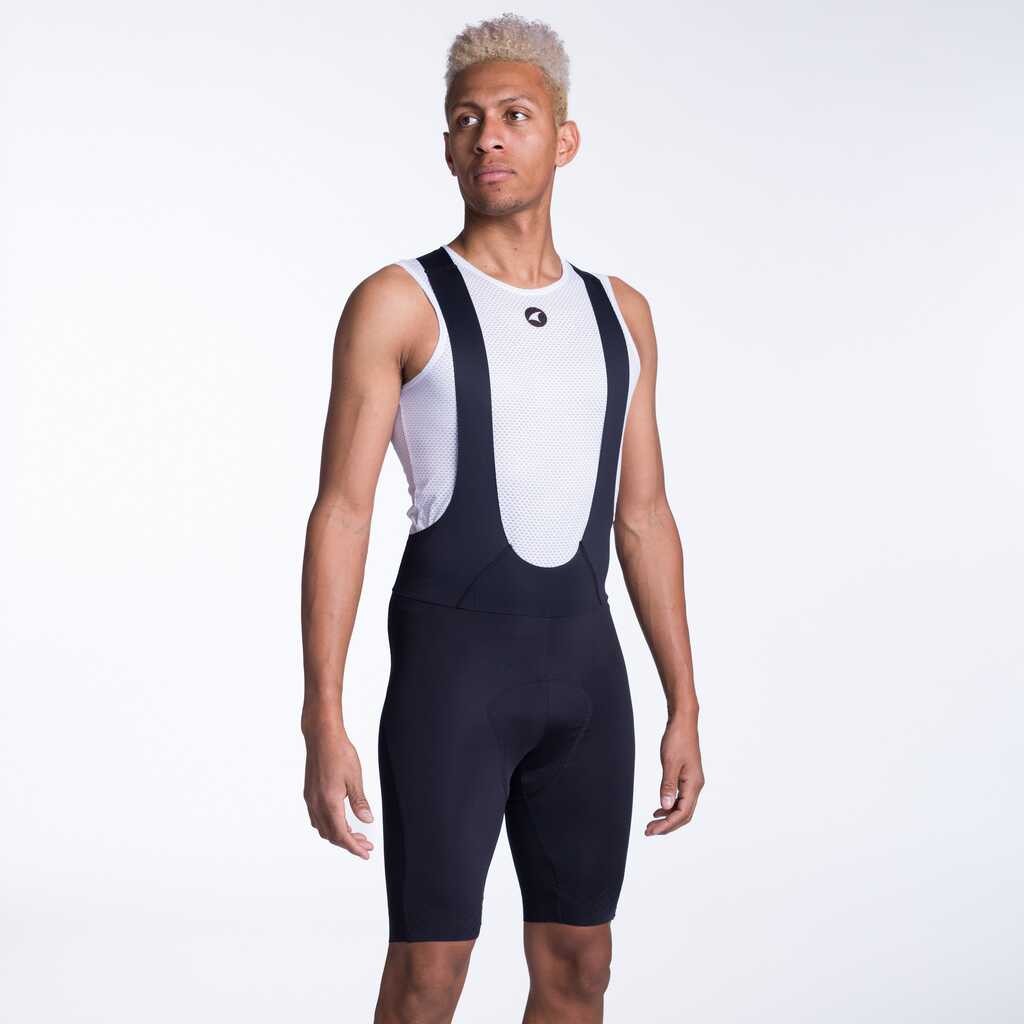
7. Inseam: Cycling shorts come in a variety of inseam lengths. The shorter shorts work great for spin class, triathlons, and a good tan, but most cyclists like an inseam that is just above the knee. Longer inseams stay in place better and prevent chaffing of the inner thigh on the saddle.
8. Color: You'll likely see cycling shorts in just about every color, pattern, and design imaginable. Select what appeals to you based on your individual personality. Black shorts, however, are always a great place to start since they 1) match any jersey you might want to wear and 2) they have a slimming effect.
